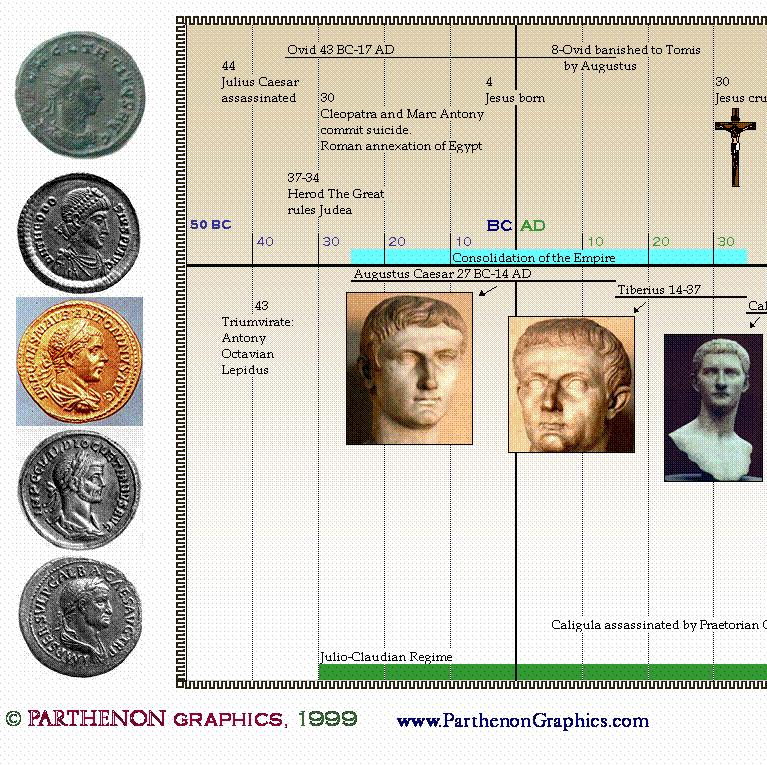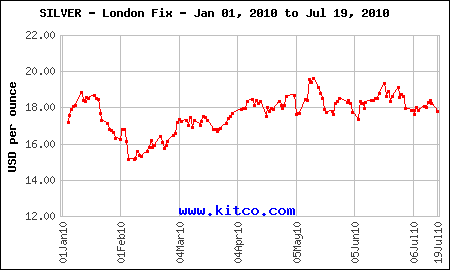Timeline A brief history of silver
Post on: 11 Май, 2015 No Comment

Analysis & Opinion
SINGAPORE (Reuters) — U.S. silver futures on Monday jumped more than 8 percent to just below $50 an ounce, its highest since 1980, buoyed by a weak dollar and strong physical demand in Asia.
Here’s a brief history of silver:
April 25, 2011: Spot silver rose to $48.84 an ounce and U.S. silver futures to $49.82, highest since 1980.
2010: Spot silver rose to successive 30-year highs, and prices gained more than 80 percent, outperforming gold.
1997: In 1997 and 1998 Warren Buffet bought about 130 million ounces of silver.
1988: The Hunt Brothers were charged for conspiracy to corner the silver market, and fined $134 million in compensation to a Peruvian mineral company. The brothers declared bankruptcy.
Jan 18, 1980: Silver hit an all-time high just below $50 an ounce, when gold prices also rose dramatically in response to the Soviet invasion of Afghanistan. Silver prices dipped to about $15 an ounce by the end of that year.
1973: The Hunt Brothers, sons of the late Texan oil tycoon Haroldson Lafayette Hunt Jr, began cornering the silver market.
1965: The U.S. government eliminated silver from quarters and dimes, and half dollars were reduced to 40 percent silver.
1946: The Silver Purchase Act of 1946 rendered the U.S. government the biggest buyer of silver in the world. The Act also bound the government to sell at a fixed price.
1934: In accordance to the Silver Purchase Act of 1934, U.S. President Roosevelt issued executive order No. 6814 to confiscate and nationalize silver, and outlawing private ownership of quantities more than 500 troy ounces.
March 6, 1933: To curb mass panics and bank runs, President Roosevelt declared a four-day Bank Holiday to stop hoarding and export of gold and silver. The Emergency Banking Act passed on Day 3 shut down banks, which needed to be deemed financially secure to be reopened.
1900: The Gold Standard Act of 1900 officially renounced bimetallism, and pegged the U.S. currency to gold.
Oct 30, 1893: The Shelman Silver Purchase Act was repealed to resolidify the gold standard, on the back of falling gold reserves of the Treasury from a peak of $320 million in 1888 to $189 million in 1893.
1890: Under the Shelman Silver Purchase Act, some 4.5 million ounces of silver is coined monthly.
1875: The Resumption Act of 1875 that was enacted in 1878 established the U.S. as the de facto monometallic gold standard. This foreshadowed the increased demand for gold and decreased demand for silver as a monetary reserve in the world, thus leading to a dip in market prices.
1873: The Coinage Law of 1873 demonetizes silver, as unlimited legal tender status and free coinage is renounced.
1862: The U.S. Congress passed a law authorizing paper greenbacks as legal tender for all public and private debts, except duties. However, this legal bind did not void specific provisions in contracts that demand gold/silver payment.
1858: Silver ore was discovered in Nevada, causing palpable excitement in the United States akin to the California Gold Rush ten years earlier.
Oct 15, 1794: The first official U.S. silver dollar was minted, in accordance to the Coinage Act of 1792.
1792: Alexander Hamilton, then U.S. Treasury, proposed the adoption of a gold and silver-based monetary system.
1500-1800: Mexico and Peru produced about 85 percent of the world’s silver, with an estimated accumulated output between 70,000 to 150,000 tonnes. About 40 percent that silver wound up in China by some estimate.
1500-1600: The eight reales coin, or piece of eight, was the most common silver coin of late 16th and 17th century Spain. As trade became a global activity for the first time, it became the international currency.
The Spanish silver coins, known as pieces of eight, were in circulation between the late 16th and late 19th century.
1545: Discovery of Potosi, Bolivia and the Cerro Rico silver ore mine, which was deemed the world’s greatest silver deposit. Production peaked in 1615.
1492: Columbus’ discovery of the New World was a significant milestone that led to the founding of major mines in Mexico, Bolivia and Peru that were to account for over 85 percent of global silver production and trade from 1500 to 1800.

1279 — 1368: During China’s Yuan Dynasty, silver ingots were widely used as a form of currency. In the Ming Dynasty, silver ingot became the main currency in circulation until the end of the Qing Dynasty in 1911, China’s last dynasty.
775: The Saxon kingdoms issued silver coins known as sterlings, 240 of them being minted out of one pound of silver, the weight of which was probably about equal to the later troy pound.
750-1200: Several major silver mine discoveries occurred in Central Europe, including the classic Schemnitz, Rammelsburg, Goslar, and Saxony regions in Germany.
708: Silver was coined for the first time in Japan under the reign of Emperor Genmyo. But it was soon abandoned in favor of copper because of meager production levels.
8th Century: Silver mining was temporarily halted by the Moorish conquest of Spain. Spain dominated silver mine production in the first 1,000 years AD.
206 BC-220 AD: During the Han Dynasty, silver coin was included in the official currencies of China, but it was limited to use by the royal family only.
269 BC: The Roman Empire adopted silver as part of its standard coinage and it was used throughout the trading world.
550 BC: First silver coins were minted in the eastern Mediterranean.
1600-1200 BC: The collapse of the Minoan and Mycenaean cultures shifted the focus of silver production to the mines of Laurium (near Athens) to provide for the fledgling Greek civilization.
2500 BC: The ancient Chaldeans (modern-day Turkey) created a ‘cupellation’ process to extract silver from lead-silver ores in the first sophisticated processing methods documented.
3000 BC: A concentrated effort to mine silver began.
Key Source: The Silver Institute (www.silverinstitute.org/silver_history.php)
The British Museum (www.britishmuseum.org)
(Compiled by Walter Sim and Rujun Shen; Editing by Himani Sarkar)














